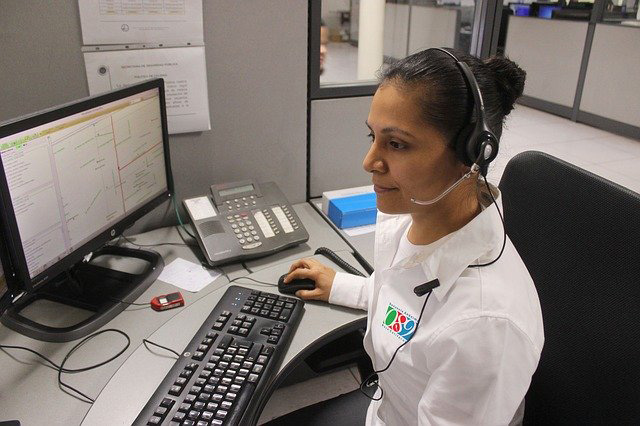
The Influence of Technological Developments on Pediatric Nursing Progress and Hurdles
The Influence of Technological Developments on Pediatric Nursing Progress and Hurdles https://kupplin.com/wp-content/uploads/2023/08/Agustin1.jpg 640 426 kupplinadmin kupplinadmin https://secure.gravatar.com/avatar/6eec4427dd031e16c8da4c63019a7497?s=96&d=mm&r=g- kupplinadmin
- no comments
Introduction
The world of healthcare has been constantly evolving, thanks to the integration of technology into medical practices. Pediatric Nursing, a specialized branch of healthcare that focuses on the care of infants and children, has seen notable progress in recent years. However, with this progress come new challenges. Let’s explore how technological advancements, progress, and emerging hurdles influence pediatric nursing.
Technological Advancements: A Catalyst for Progress in Pediatric Nursing
Enhancing Diagnosis and Treatment
New technologies, such as advanced diagnostic imaging, have revolutionized pediatric care. These tools provide pediatric nurses with detailed, non-invasive insights into a child’s health, enabling early and accurate diagnoses. Furthermore, with advancements in telemedicine, pediatric nurses can now deliver treatment and follow-up care remotely, improving accessibility for children in remote areas.
Improving Patient Monitoring
Wearable technology and remote monitoring devices have significantly impacted pediatric nursing. These technologies allow for continuous monitoring of vital signs, ensuring quick response times to abnormalities. Moreover, these devices can reduce hospital stays and allow for more comfortable at-home tracking, enhancing the overall patient experience.
Streamlining Administrative Tasks
Electronic Health Records (EHRs) have streamlined administrative tasks in pediatric nursing, allowing for efficient patient data management. This reduces the burden on nurses, enhances accuracy, and facilitates seamless communication between healthcare professionals.
Navigating the Challenges: Hurdles in the Technological Revolution of Pediatric Nursing
Data Privacy and Security Concerns
The heightened risk of data breaches comes with the increased use of digital tools. Protecting patient information is paramount; with minors involved, the stakes are even higher in pediatric nursing. Maintaining robust data security measures is a challenge that must be continually addressed.
Technological Literacy and Training
Integrating new technology requires significant training to ensure all nursing staff are competent and comfortable using it. Technological literacy among healthcare professionals is crucial and challenges resources, time, and training.
In Conclusion: A Delicate Balance Between Progress and Pitfalls
The impact of technological advancements on pediatric nursing is profound, offering unprecedented improvements in diagnosis, treatment, patient monitoring, and administrative efficiency. However, these developments also present hurdles, particularly around data security and the need for ongoing staff training.
Moving forward, it’s essential for the pediatric nursing community to embrace these advancements while also vigilantly navigating the associated challenges. Technology in healthcare is not a temporary trend but a powerful tool that, when used correctly, can vastly improve patient care and outcomes.
Healthcare providers must balance leveraging technological developments to enhance pediatric care and addressing the hurdles that come with it. By doing so, they can continue to push the boundaries of pediatric nursing, delivering effective, efficient, and, most importantly, centered on the wellbeing of children.
- Posted In:
- Uncategorized

Leave a Reply